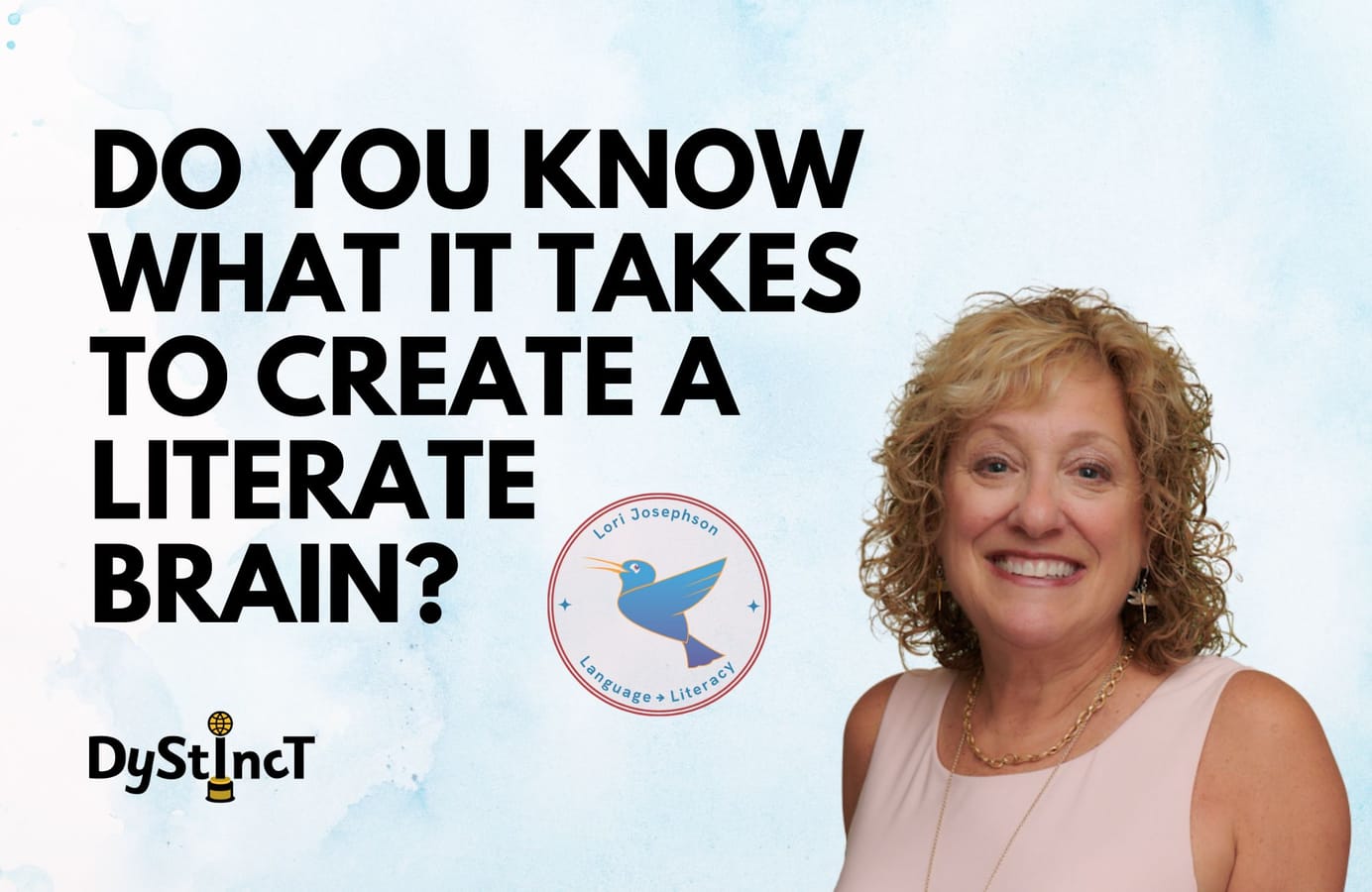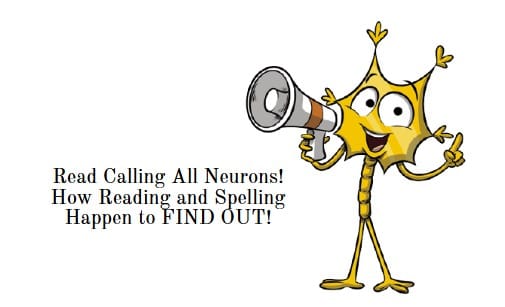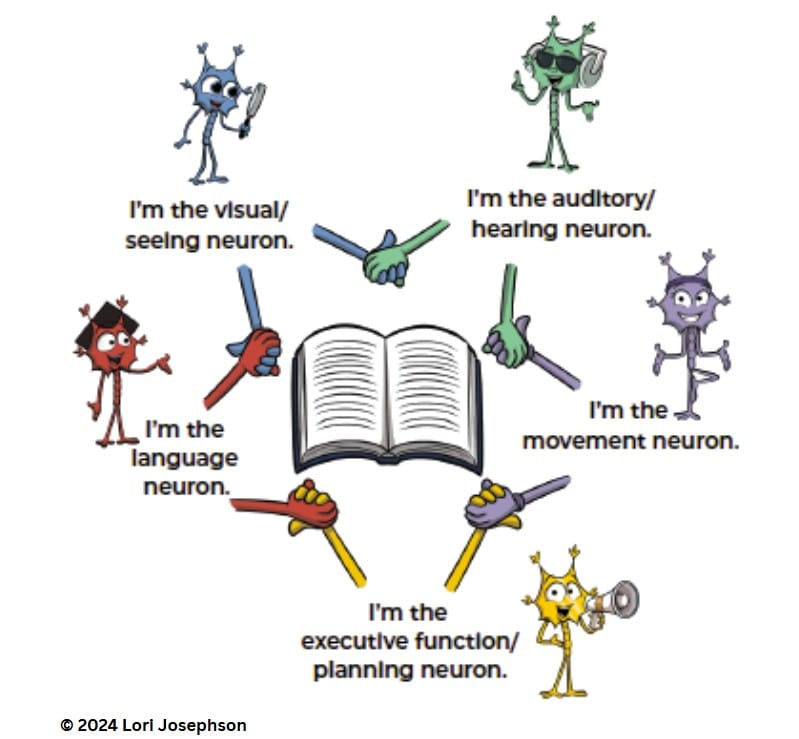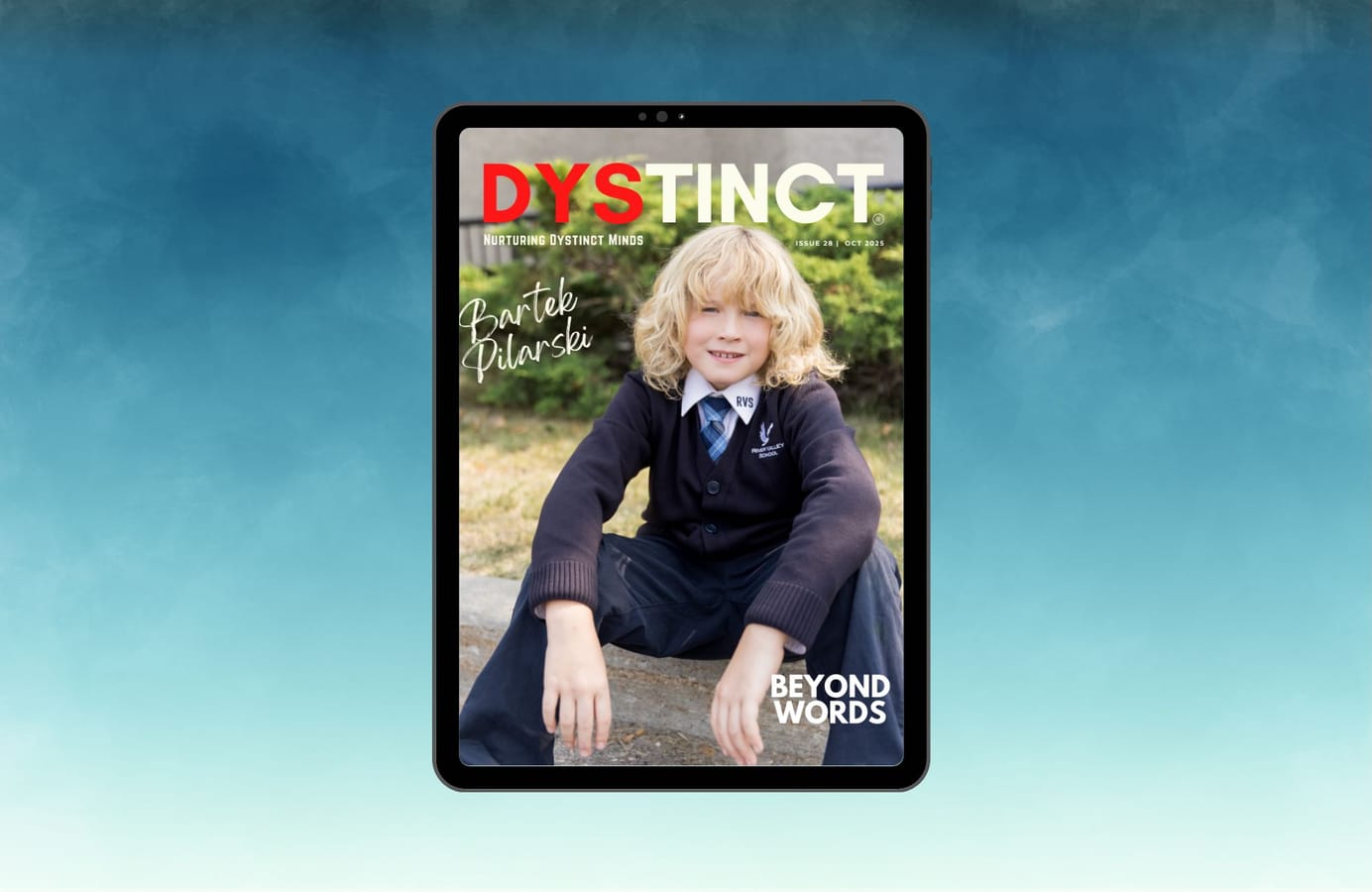
Issue 26: Do You Know What It Takes to Create a Literate Brain? | Lori Josephson | Calling All Neurons!
Lori Josephson introduces her new book, Calling All Neurons!, which fills a critical gap by making the Science of Reading accessible to older students and adults through colourful neuron characters, engaging visuals, and practical insights that show creating a literate brain is a team effort.

What is Calling All Neurons! How Reading and Spelling Happen?
What is Calling All Neurons! How Reading and Spelling Happen?
Calling All Neurons! is a creative non-fiction book designed for children 8 years and older, as well as their families/caregivers and educators. Neurons themselves take the stage to explain the brain science behind creating a literate brain in easy-to-understand language and in a fun and upbeat fashion.
YES, creating a literate brain is a team sport!
TEAM 1: Specialized neurons that work together to create new neuronal networks, enabling us to read, spell, and write.

TEAM 2: The key stakeholders—teachers, educators, families, caregivers, and students—who all play a role in literacy development.
Calling All Neurons! first discusses early oral receptive and expressive language development as a prerequisite to developing literacy. It then goes on to explain the processes of learning phonological awareness, phonemic awareness, sound/symbol relationships, early and more advanced decoding and encoding (spelling), orthographic mapping, word automaticity, reading fluency, comprehension, and morphology.
Calling All Neurons! includes a piece about dyslexia. Attaining literacy may take individuals with dyslexia longer to master the code of English, but human brains ‘work’ in the very same ways, whether or not that brain has dyslexia. Are these words 'speaking' to you?
These processes are based upon the vast body of knowledge now known as The Science of Reading. If you are unfamiliar with any of these terms, Calling All Neurons! is for you, especially if you are the parent, caregiver or teacher of a school-aged child.
A vast, interdisciplinary body of scientifically-based research about reading and issues related to reading and writing.
This research has been conducted over the last five decades across the world, and it is derived from thousands of studies conducted in multiple languages. The science of reading has culminated in a preponderance of evidence to inform how proficient reading and writing develop; why some have difficulty; and how we can most effectively assess and teach and, therefore, improve student outcomes through prevention of and intervention for reading difficulties.
The Science of Reading is derived from researchers from multiple fields:
- Cognitive Psychology
- Communication Sciences
- Developmental Psychology
- Education
- Implementation Science
- Linguistics
- Neuroscience
- School Psychology
In addition to explaining the process of attaining literacy, Calling All Neurons! includes a Guide which explains how to use the book for families/caregivers and educators, a Glossary of important terms relating to literacy, links providing more information about dyslexia (inclusive of a self-test courtesy of The International Dyslexia Association), and links to access additional information on my website (6 major syllable patterns, most common prefixes, Latinate roots, Greek combined forms), Readers can also access printable coloring pages and bookmarks on my website- lorijosephson.com.
Why I Wrote Calling All Neurons!
Why I Wrote Calling All Neurons!
The now out-of-print book, How You Talk by Paul Showers, came across my desk way back in 1996. This book explained the process of how humans acquire oral language in a child-friendly way using the scientific terms of the human articulatory system. My immediate thought at the time was to one day write a book that would extend this process to attaining literacy. Do the math and realize the seed for my book was planted 29 years ago!

Of course, many books have been written over the years explaining the process of a literate brain since that time. Some of them include: Reading in the Brain: The New Science of How We Read (Stanislaus Dehaene 2010), Language at the Speed of Sight: How We Read, Why So Many Can't, and What Can Be Done About It (Mark Seidenberg 2017), Overcoming Dyslexia (Sally Shaywitz 2005, 2nd edition 2020), and all of Maryanne Wolf's wonderful books (Reading, Fluency and the Brain [edited by Dr. Wolf] 2001, Proust and the Squid 2008, Tales of Literacy for the 21st Century (2016), Reader Come Home: The Reading Brain in a Digital World (2019).
Several books for very young emergent readers explaining 'how the brain learns to read', most notably one by Denise Eide, called How Your Brain Learns to Read, published in 2022.
But….no books existed explaining this process to older students, nor to adults who may not have had the time or expertise to read the lengthy and sometimes dense books explaining this process, as I listed in the paragraph above.
This post is for paying subscribers only
SubscribeAlready have an account? Log in


